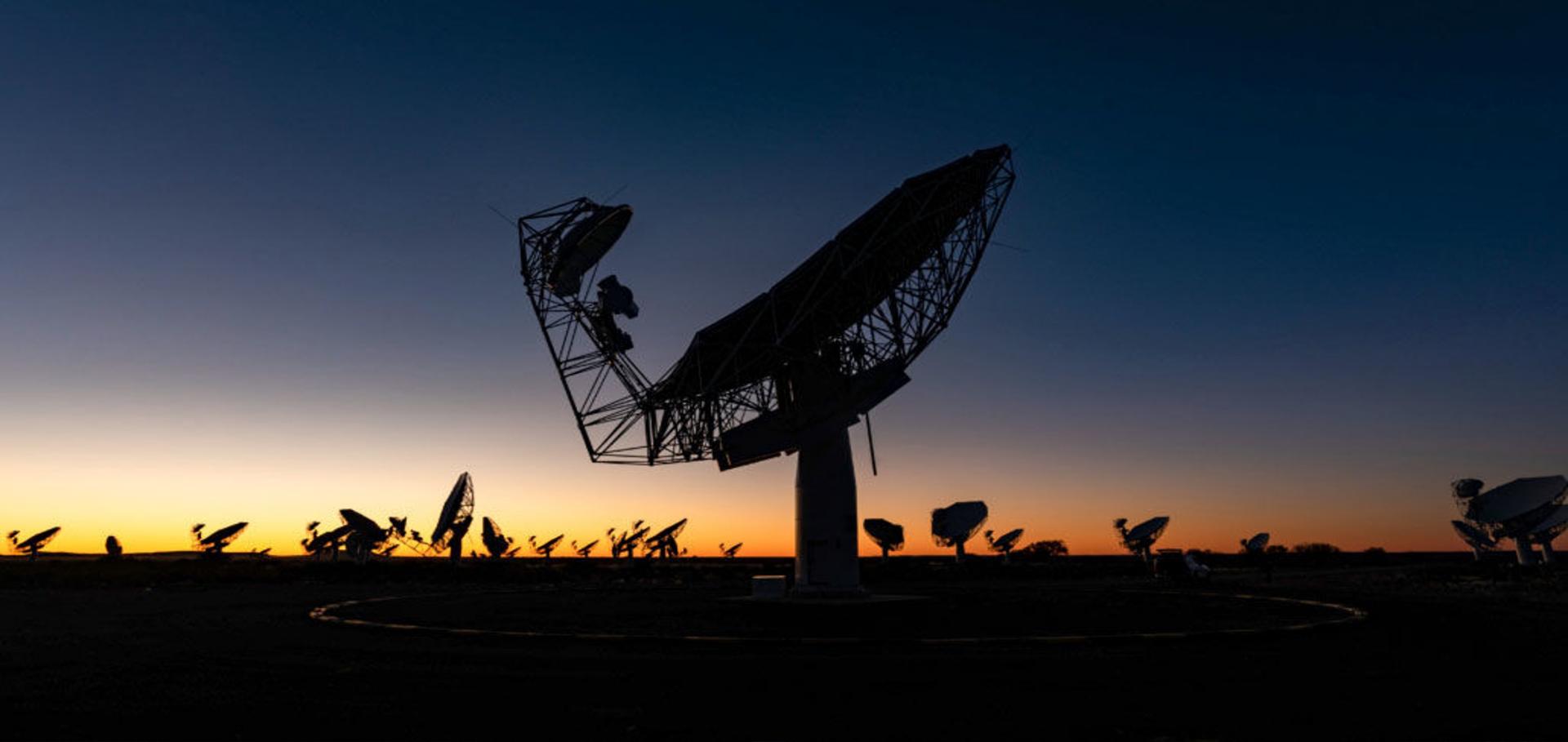MIGHTEE-HI: The H I emission project of the MeerKAT MIGHTEE survey
Astronomy and Astrophysics EDP Sciences 646:February 2021 (2021) A35
Abstract:
We present the H I emission project within the MIGHTEE survey, currently being carried out with the newly commissioned MeerKAT radio telescope. This is one of the first deep, blind, medium-wide interferometric surveys for neutral hydrogen (H I) ever undertaken, extending our knowledge of H I emission to z = 0.6. The science goals of this medium-deep, medium-wide survey are extensive, including the evolution of the neutral gas content of galaxies over the past 5 billion years. Simulations predict nearly 3000 galaxies over 0 < z < 0.4 will be detected directly in H I, with statistical detections extending to z = 0.6. The survey allows us to explore H I as a function of galaxy environment, with massive groups and galaxy clusters within the survey volume. Additionally, the area is large enough to contain as many as 50 local galaxies with H I mass < 108 M⊙, which allows us to study the low-mass galaxy population. The 20 deg2 main survey area is centred on fields with exceptional multi-wavelength ancillary data, with photometry ranging from optical through far-infrared wavelengths, supplemented with multiple spectroscopic campaigns. We describe here the survey design and the key science goals. We also show first results from the Early Science observations, including kinematic modelling of individual sources, along with the redshift, H I, and stellar mass ranges of the sample to date.From light to baryonic mass: the effect of the stellar mass-to-light ratio on the Baryonic Tully–Fisher relation
Monthly Notices of the Royal Astronomical Society Oxford University Press (OUP) 474:4 (2018) 4366-4384
The multiwavelength Tully–Fisher relation with spatially resolved H i kinematics
Monthly Notices of the Royal Astronomical Society Oxford University Press (OUP) 469:2 (2017) 2387-2400
Testing core creation in hydrodynamical simulations using the HI kinematics of field dwarfs
Astronomy & Astrophysics EDP Sciences 601 (2017) A1-A1
A new astrophysical solution to the Too Big To Fail problem
Astronomy & Astrophysics EDP Sciences 607 (2017) A13-A13

